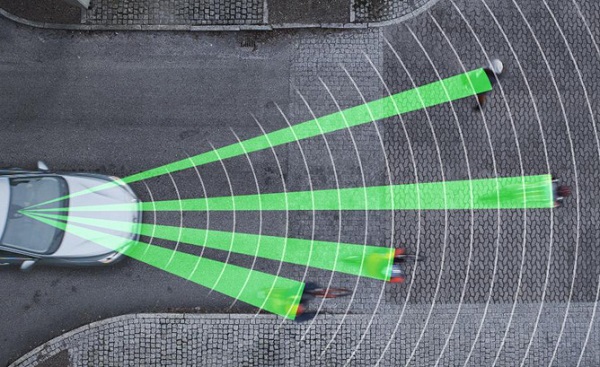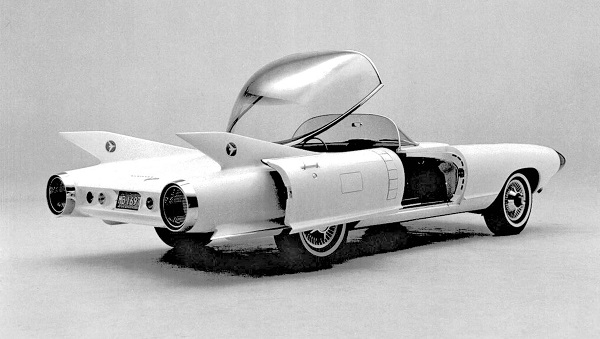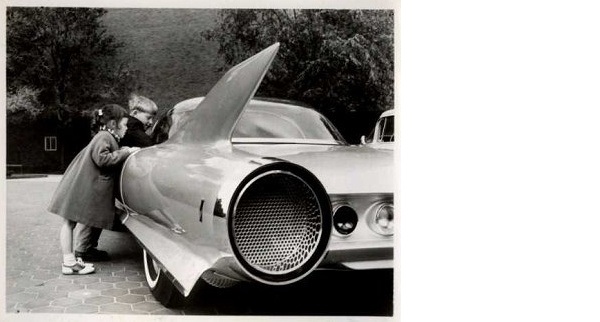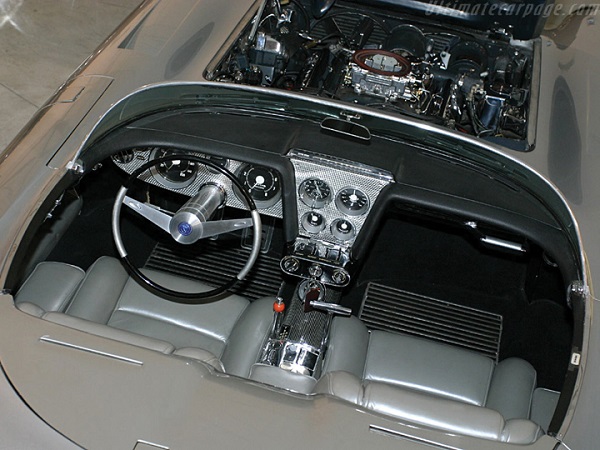Nowadays, the idea of a car coming with a collision avoidance system seems commonplace.

Most automakers have a model in their lineup that comes equipped with this technology — Mercedes-Benz, Volvo, Tesla. The layman’s explanation to it is that radar is projected out the front of the vehicle to detect imminent crash scenarios, whereupon it engages the brakes almost immediately to mitigate damages and injuries.

While this technology has only become more prevalent in recent years, did you know that Cadillac offered it way back in 1959? It was never widely released; rather, it was included as part of its Cyclone concept car.

The radar technology was embedded in the front nosecones of the car. It scanned the highway and alerted drivers via electronic message of any upcoming obstacles in the car’s path. It did not engage the brake system, though, which means the system was able to do nothing more than alert the driver of an impending collision.

It might seem obvious why this technology never took off, but the concept and implementation of such technology into a working prototype is impressive for the time and status of the industry at the moment.

As you can tell by the pictures, the car did come with some pretty neat features. For one, it had a325-horsepower engine mounted in the nose of the car. Also, the mufflers and exhaust were positioned ahead of the front wheels. Both of these features lend to good reasoning on the designers’ part for including the plexiglass bubble-topped cabin, which connects to the panoramic windshield. It serves as a nice buffer for the driver between the strong winds and blowing exhaust.

In fact, the cockpit was so sealed out from the outside world that also included was an intercom system for the passengers in the vehicle to use as a means for communicating with people outside the car.
For all its intents and purposes, the car was pretty ahead of its time, and pretty spot on with where vehicles would be six decades later.
Via Mashable
Advertisement
Learn more about Electronic Products Magazine





